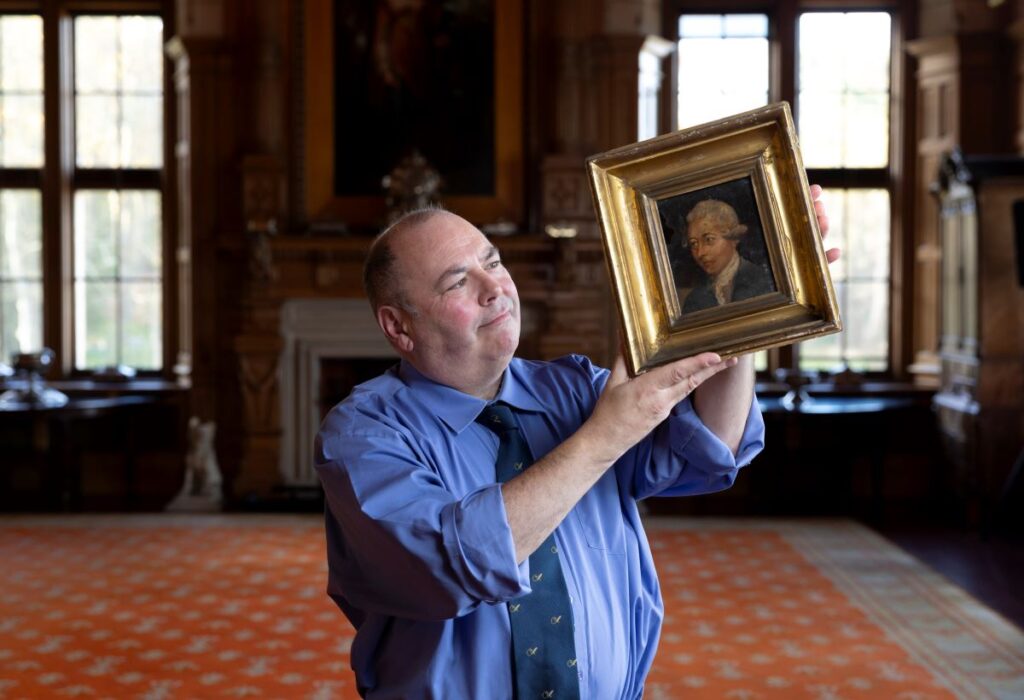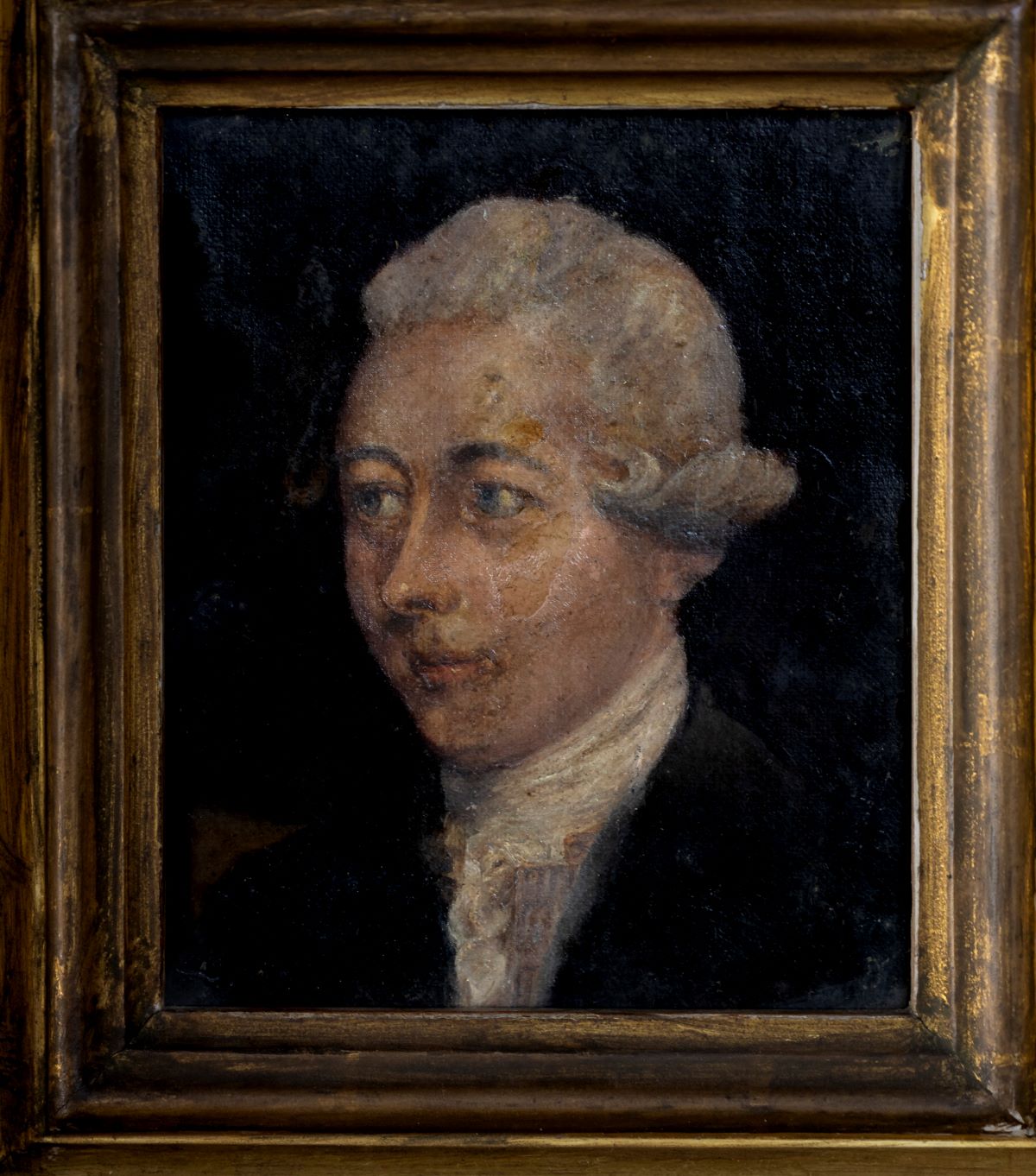
Historic painting of poet Robert Fergusson inspired Burns discovered at Scottish castle
A portrait of Robert Fergusson has been discovered at a Scottish castle and could help shed new light on the celebrated 18th-century poet who inspired Burns.
The painting was found at Barnbougle Castle, near Edinburgh, and is part of a prestigious collection of the 5th Earl of Rosebery Archibald Primrose, a former Prime Minister and noted antiquarian.
Professor Carruthers, a leading Scottish Literature scholar, says previously only three known likenesses of Fergusson from his lifetime existed.
They included a crude sketch in the Cape Club minute-book for 1773, a portrait by Alexander Runciman and a painting by an unknown artist, said to have once been in the possession of the artist Henry Raeburn.
Professor Carruthers’ research suggests the newly highlighted portrait may be a previously unknown lifetime likeness of Fergusson, who died tragically young at just 24 years old in 1774.
‘This discovery could be one of the most significant Fergusson finds in decades,’ he said.
‘The portrait’s provenance and artistic features suggest it may be the very artwork mentioned in Fergusson’s own poem ‘Codicile to Rob. Fergusson’s Last Will,’ where he references a portrait intended for his publisher Walter Ruddiman.’
Fergusson, a prodigiously talented writer in Scots, left an indelible mark on Scottish literature despite his very short life. His work and untimely death profoundly inspired Robert Burns.
It is hoped that the new portrait may represent a significant fourth addition to the historical depictions of Fergusson.

‘While examining a copy of Fergusson’s works that belonged to Robert Burns, a portrait was also kindly presented for examination by Lady Jane Kaplan at Barnbougle Castle,’ Professor Carruthers said.
‘I realised when I saw it, we might be looking at a lost artwork of immense significance. This may well match a fabled ‘lost portrait’ of Fergusson or be one hitherto entirely unknown.
‘Whatever the case, we have here a late 18th century oil portrait of Fergusson, very possibly painted during his lifetime, and for which he may well have sat.
‘The heraldic illustrations in the frame and surrounding the painting align perfectly with Cummyng’s official role in regulating Scottish coats of arms.’
The portrait has also sparked interest among art historians. James Holloway, the former Director of the Scottish National Portrait Gallery, has confirmed the painting’s late 18th-century origins, though he was unable to attribute it to a known artist.
Read more Culture stories here.
Subscribe to read the latest issue of Scottish Field.
TAGS

